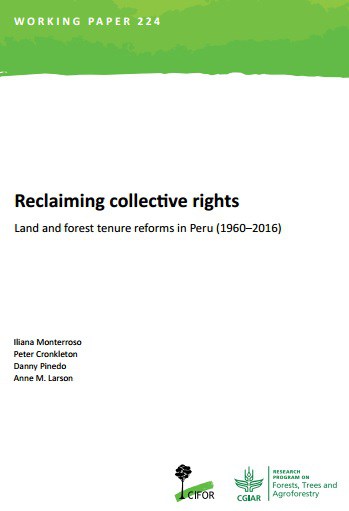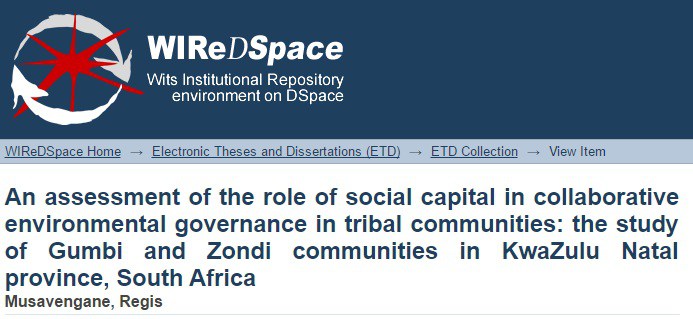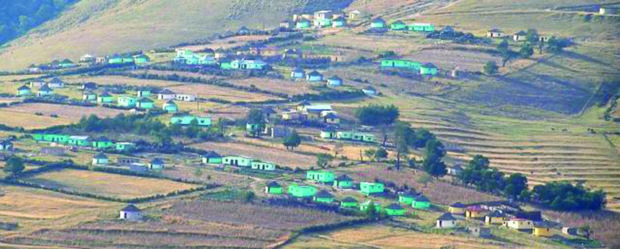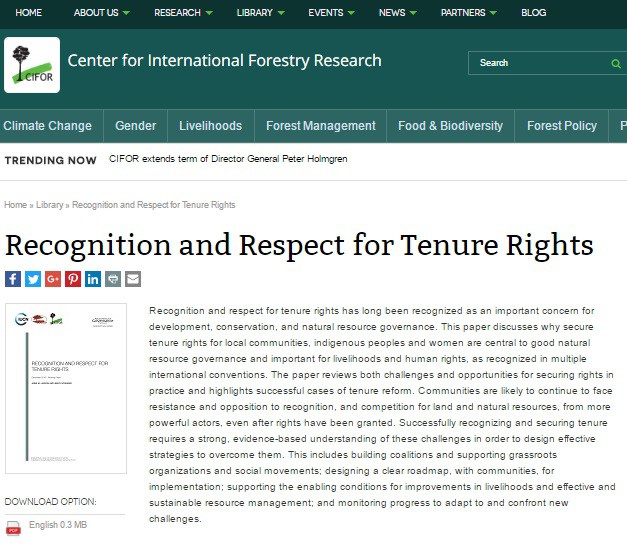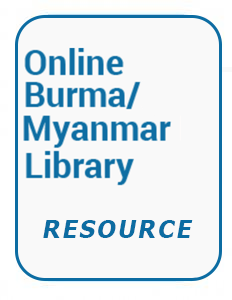Comprehensive Rural Development Programme: Evaluation report by Department of Performance, Monitoring and Evaluation (DPME), with Minister present
The Committee received a presentation of the evaluation report on the implementation of the Comprehensive Rural Development Programme (CRDP) by the Department of Perfomance, Monitoring and Evaluation (DPME). The National Evaluation Plan (NEP) containing 52 evaluations that cut across government had been approved by Cabinet in 2012/13. There were eight evaluations in the rural development sector and the CRDP was one of the key programmes implemented since 2009.


